During the 2021-2025 period, the poverty rate nationwide will decrease rapidly; infrastructure and quality of life of rural people will continuously improve; basic social services will be expanded...

After nearly 5 years of implementation, the National Target Program on New Rural Development and the National Target Program on Sustainable Poverty Reduction for the 2021-2025 period have brought about many important changes, contributing to rapid and sustainable economic development; infrastructure, rural appearance, and the material and spiritual life of rural people have been comprehensively improved.
Notably, according to information from the Central Office for Coordination of New Rural Areas, Vietnam has become a world model in implementing the millennium goals, including poverty reduction and rural development.
Sharing with reporters, Mr. Tran Nhat Lam - Deputy Chief of the Central Office for New Rural Area Coordination, Ministry of Agriculture and Environment, said that in the 2021-2025 period, both of the above national target programs have basically achieved and exceeded the assigned goals and tasks, in which the rate of poor households according to multidimensional poverty standards by the end of 2024 will be only 1.93%; the rate of poor households in poor districts will be 24.86%; the rate of poor ethnic minority households will be 12.55%.
By 2025, poverty reduction will continue to have many clear changes. Accordingly, 19 extremely disadvantaged communes in coastal and island areas will be freed from poverty and extremely disadvantaged status, exceeding the targets assigned by the National Assembly and the Government.
In addition, by the end of June 30, 2025, the whole country had 6,084/7,669 communes recognized as meeting new rural standards; 2,567 communes meeting advanced new rural standards; 743 communes meeting model new rural standards (an increase of 700 communes compared to the end of 2021, exceeding the assigned target for the entire 2021-2025 period).
At the provincial level, the whole country has 13 provinces and cities that have been recognized by the Prime Minister as having completed the task of building new rural areas (achieving 87% of the target for the whole period). The average income of rural people in 2024 will reach 54 million VND/person/year (1.3 times higher than in 2020).
In addition, the movements "The whole country joins hands to build new rural areas" or "For the poor - No one is left behind" have also been widely deployed and received strong attention and response. By the end of June 2025, the whole country had mobilized about 3.7 million billion VND for new rural construction; millions of households voluntarily donated more than 98.2 million square meters of land, contributing tens of thousands of billions of VND and working days to build new rural areas.
Up to now, the programs have contributed to improving living conditions and enhancing the quality of life of rural people, especially ethnic minorities, the poor and vulnerable groups. Along with that, rural infrastructure has been significantly improved; livelihoods have been gradually consolidated; basic social services such as health care, education, clean water, and information have been expanded; the poverty rate has rapidly decreased...
“Thanks to that, Vietnam has become a world model in implementing the millennium goals, including poverty reduction and rural development,” said Mr. Lam.
Right in the capital Hanoi, when the new rural development program began in 2010, the city had 401 communes participating with an average of only 1 criterion/commune. Up to now, the face of the countryside has changed fundamentally and comprehensively; there are no more poor households.
Rural infrastructure in Hanoi has now developed synchronously and modernly with 100% of communal and inter-village roads concreted and asphalted; 100% of communal health stations meeting national standards; over 95% of people have health insurance; over 96% of schools meet standards; over 95% of households use clean water; the irrigation system ensures irrigation for over 95% of agricultural areas.
Assessing the above results, Vice Chairman of the National Assembly Le Minh Hoan emphasized that the new rural construction program is not simply a rural infrastructure development program, but a process of efforts to comprehensively change all aspects of rural life, making the countryside a livable place; a place where economic, cultural, social and environmental factors are fully accumulated, where each person feels a peaceful and happy life, a place that nurtures the desire for development.
For example, in Hanoi today, the countryside is not only "banyan trees, ferry wharves, communal house yards," but also "streets within villages," and villages "with electricity above and flowers below," the Vice Chairman of the National Assembly emphasized.
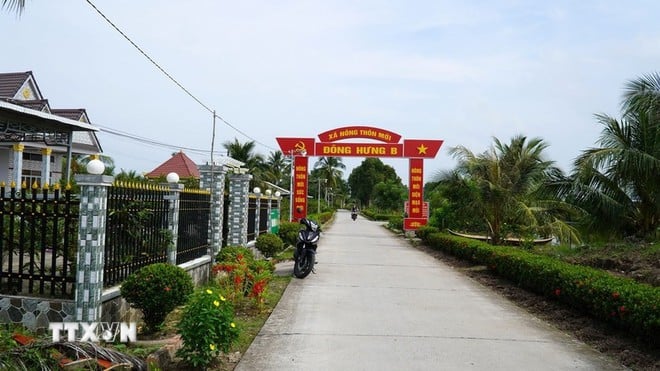
Although both national target programs have basically achieved and exceeded the assigned goals and tasks in the 2021-2025 period, according to a representative of the Central Office for New Rural Area Coordination, in some places the re-poverty rate is still high; the disbursement rate has not yet met the requirements, the disbursement of public capital is still low; and in some places there is still a risk of re-poverty.
Notably, in the recent period, the awareness of the role and importance of some Party committees and authorities at some places and times has been inadequate; the leadership and direction of the emulation movement to build new rural areas and sustainable poverty reduction by some Party committees and authorities has not been really thorough...
Promoting sustainable rural economic development
Regarding the orientation in the coming time, Deputy Minister of Agriculture and Environment Tran Thanh Nam said that in order to continue promoting the achievements in new rural construction in the past time, the program in the next phase needs to closely follow the Resolution of the Party and Government and the objective requirements from the lives of rural residents to improve the quality of the program towards sustainable development with the view that new rural areas have a starting point, but no ending point.
Meanwhile, Mr. Tran Nhat Lam - Deputy Chief of the Central Office for New Rural Development Coordination, said that in order to unify the management, direction and implementation of the above two programs to ensure effectiveness and efficiency, the Prime Minister has directed the Ministry of Agriculture and Environment to preside over and coordinate with relevant central ministries and branches to develop a new national target program (on the basis of integrating the above two programs) called "National Target Program on New Rural Development and Sustainable Poverty Reduction."
The new program will be implemented over a 10-year period (from 2026 to 2035) and will be divided into two phases. The 2026-2030 phase will implement the goals and tasks set for 2030; the next phase, from 2031 to 2035, will continue to implement the tasks and goals set for 2035.
According to Mr. Lam, the general goal of the program is to build a modern, comprehensive, sustainable new countryside that flexibly adapts to climate change, ensuring harmonious development between socio-economic development and environmental protection, preserving landscapes, cultural identity and traditional values.
The program also aims to promote rural economic development, contributing to the successful restructuring of the agricultural sector, shifting from agricultural production to multi-value agricultural economy on the basis of close linkage with the goal of multidimensional poverty reduction, preventing re-poverty, green growth, application of science and technology, innovation and digital transformation; improving income, quality of life and access to essential services of people...
In particular, the specific target by 2030, as determined by the program, is to strive to increase the average income of rural people by 2.5-3 times compared to 2020; the multidimensional poverty rate maintains a reduction of 1 to 1.5%/year; the multidimensional poverty rate in poor communes reduces by at least 3%/year; strives for 100% of poor communes nationwide to escape poverty; at least 65% of communes to meet new rural standards according to the National Criteria for New Rural Areas at all levels for the period 2026-2030.
The program also aims to have about 10% of communes meeting new rural standards recognized as modern new rural communes according to the central pilot framework and specific criteria issued by provincial People's Committees.
By 2035, Mr. Lam said the program has set a target of striving for average income per capita in rural areas to increase at least 1.6 times compared to 2030; the whole country will have at least 85% of communes meeting new rural standards; about 30% of communes meeting new rural standards will be recognized as modern new rural communes; about 10-12 provinces and centrally run cities will be recognized as having completed the task of building new rural areas./.
| The National Target Program on New Rural Development and Sustainable Poverty Reduction is implemented in all 34 provinces and centrally run cities; in all 2,621 communes (including: about 432 communes in group 1, about 1,167 communes in group 2, about 1,022 communes in group 3, of which 350 are poor communes); 687 wards (including: about 432 wards formed from the arrangement with some communes and 255 remaining wards) and 13 special zones; all villages and hamlets of provinces and cities. | |
Source: https://baolangson.vn/viet-nam-tro-thanh-hinh-mau-the-gioi-ve-giam-ngheo-phat-trien-nong-thon-5061186.html







![[Photo] Closing of the 13th Conference of the 13th Party Central Committee](https://vphoto.vietnam.vn/thumb/1200x675/vietnam/resource/IMAGE/2025/10/08/1759893763535_ndo_br_a3-bnd-2504-jpg.webp)


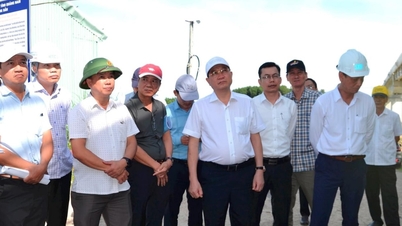



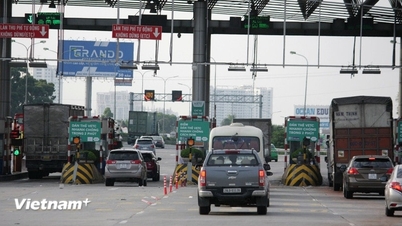












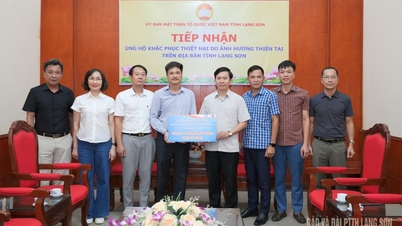













































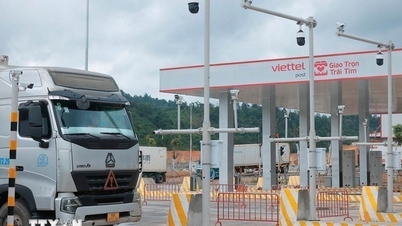



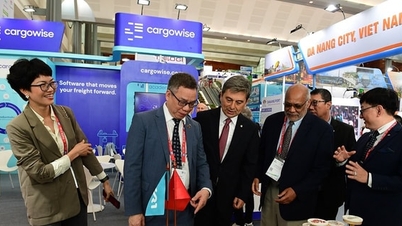
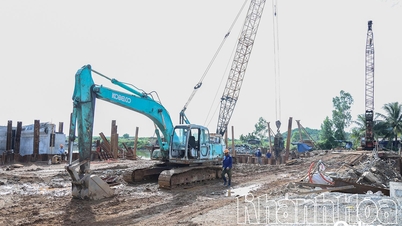














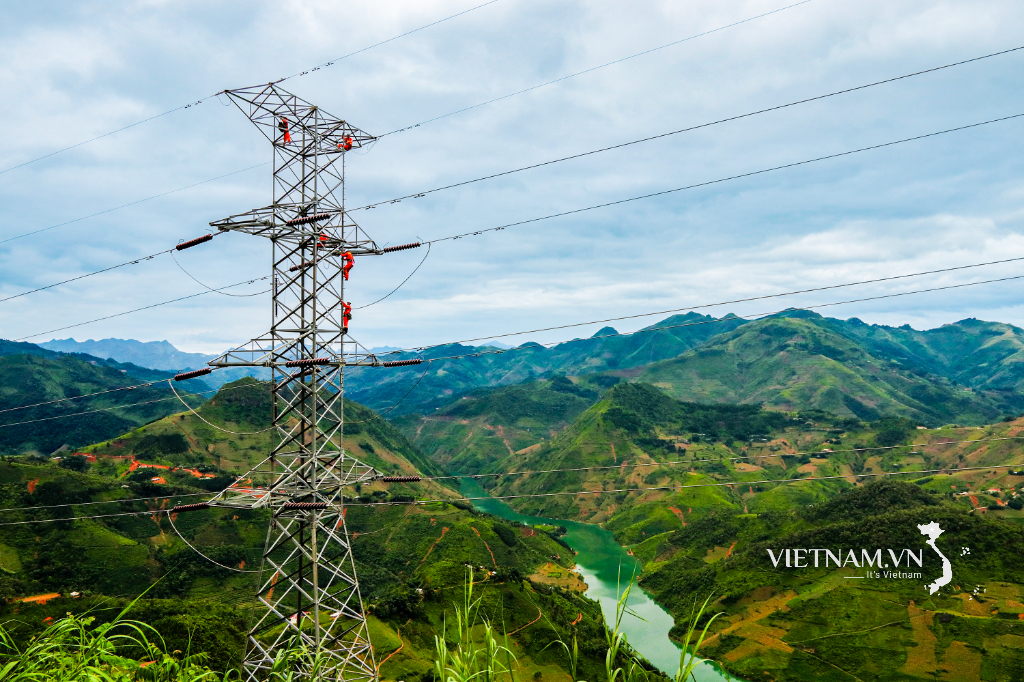
Comment (0)